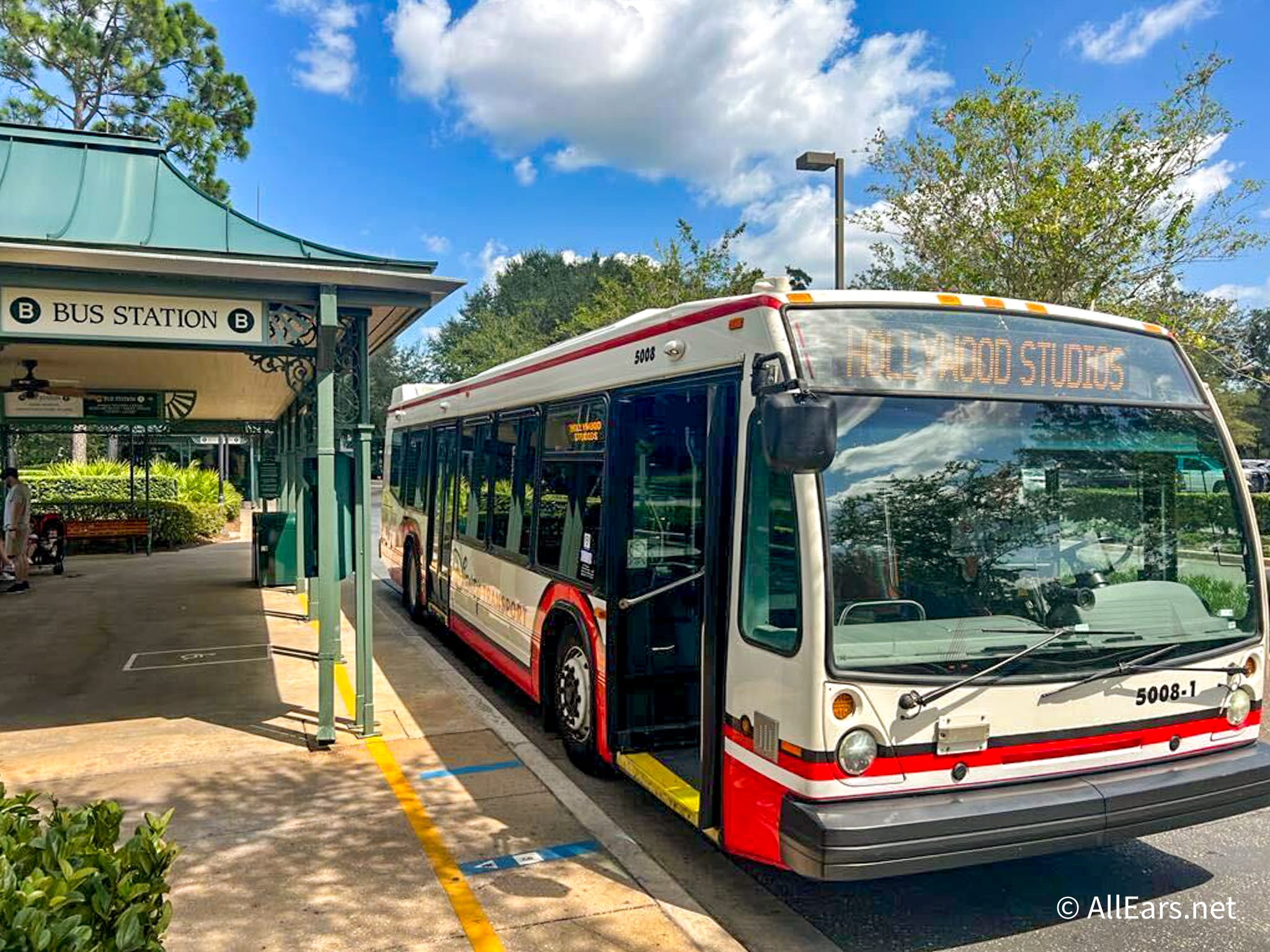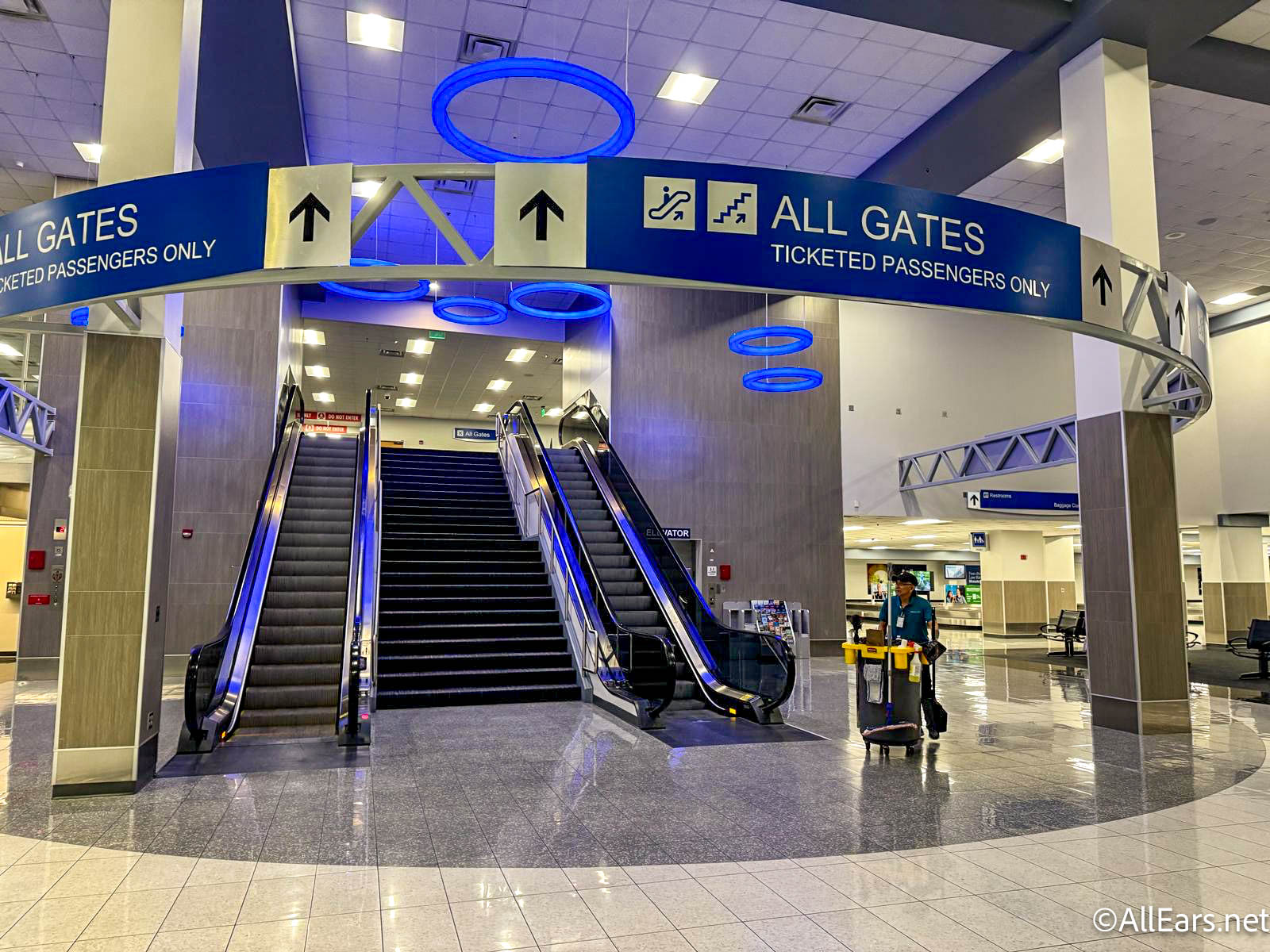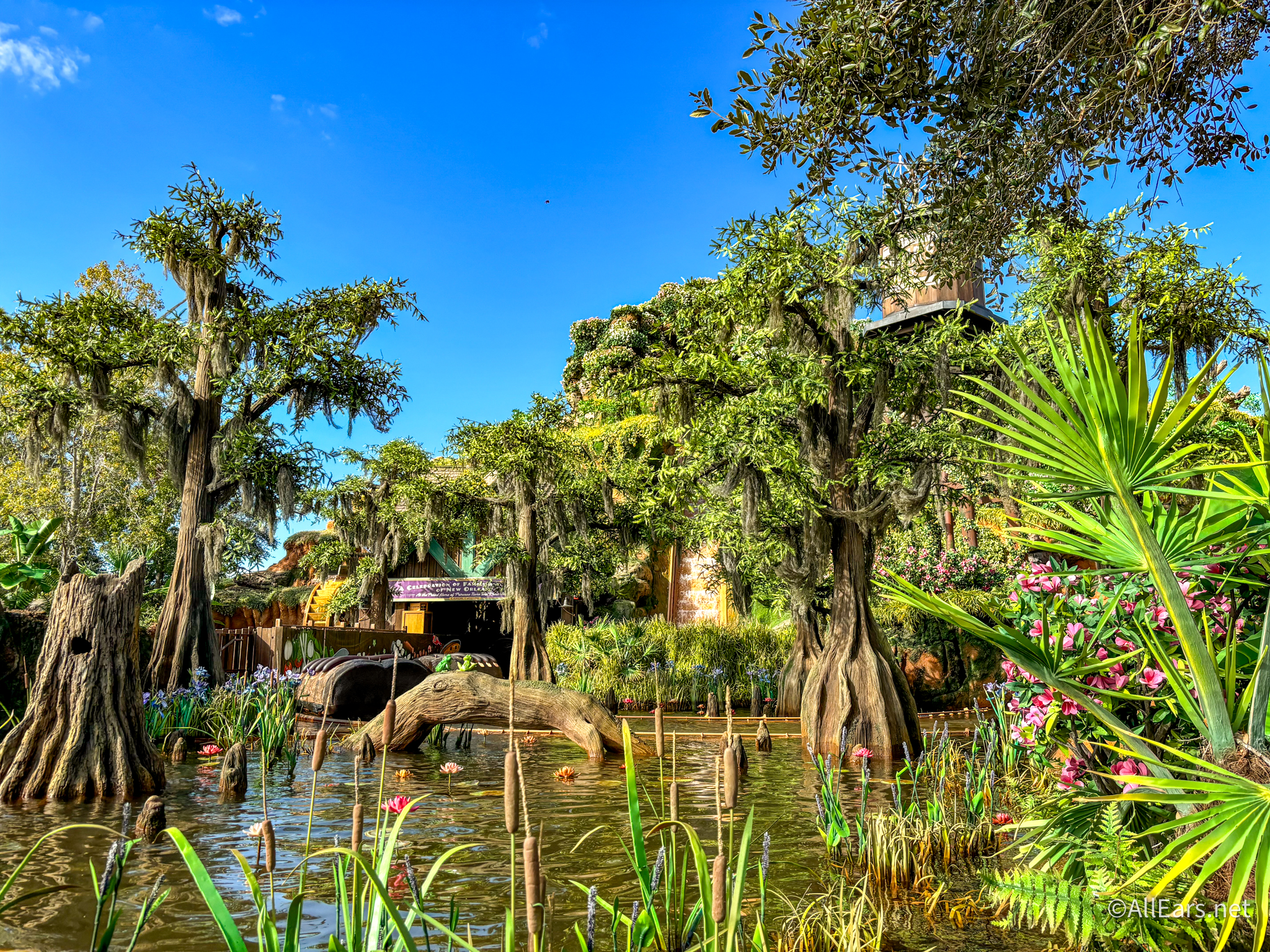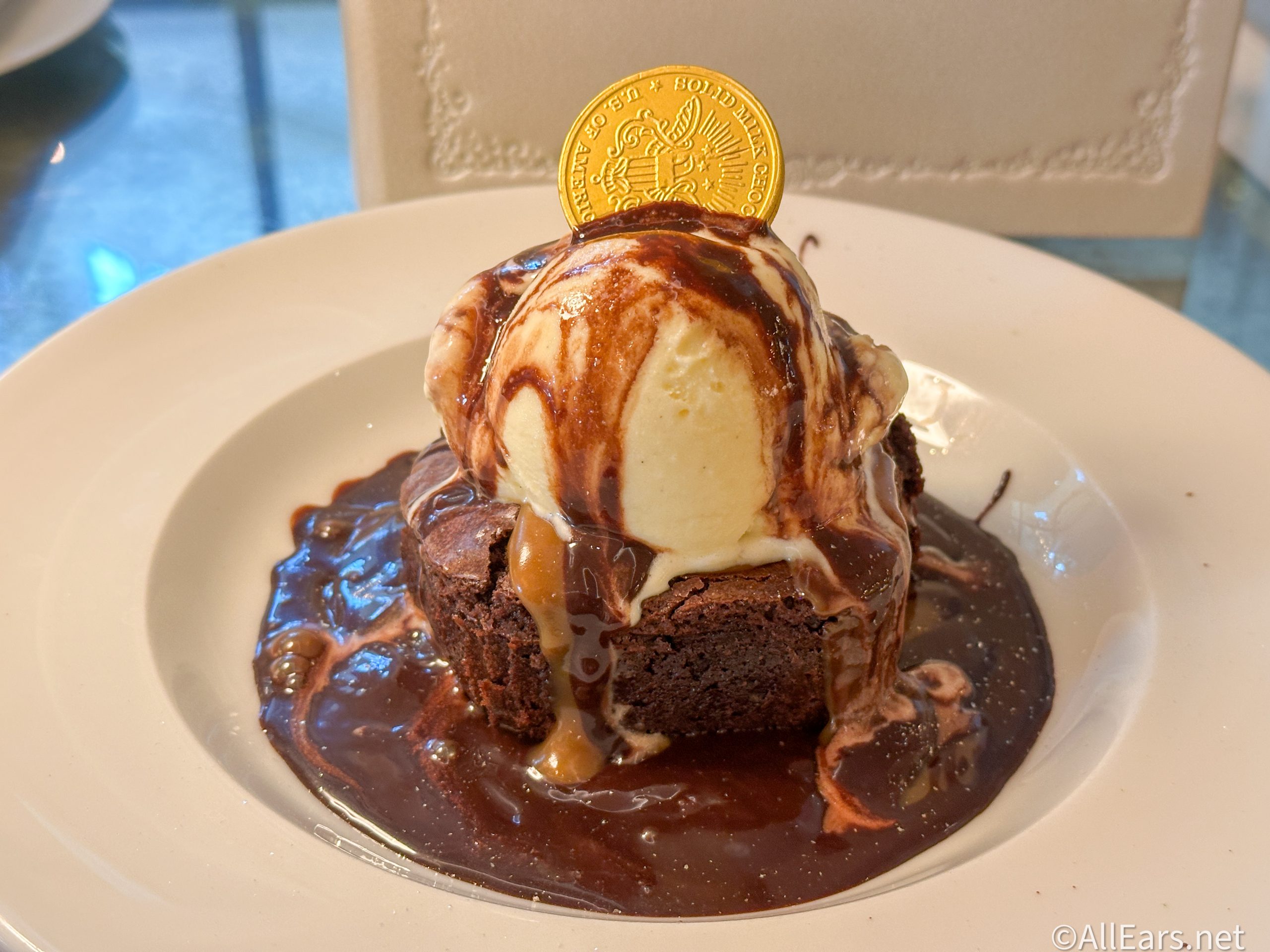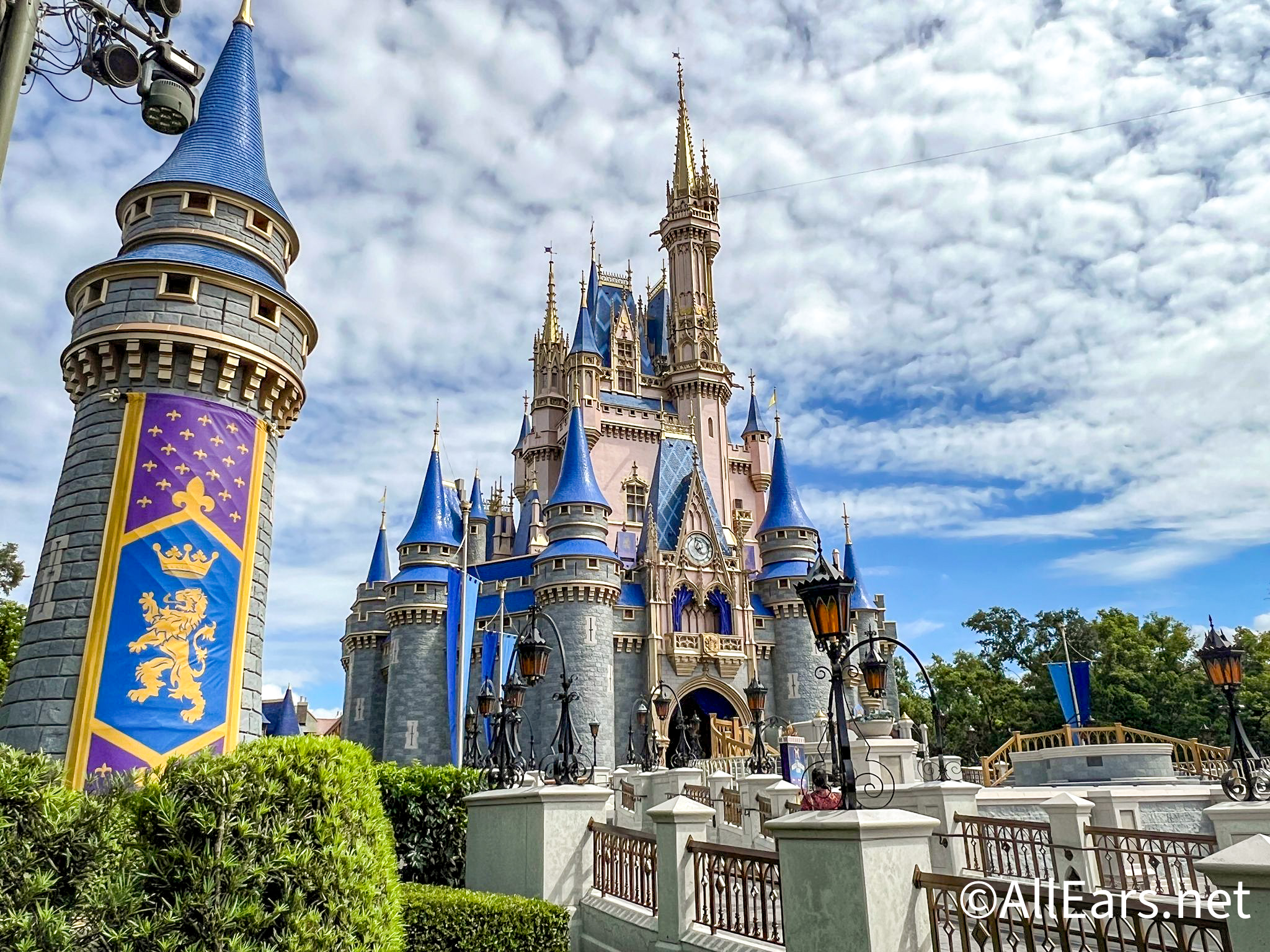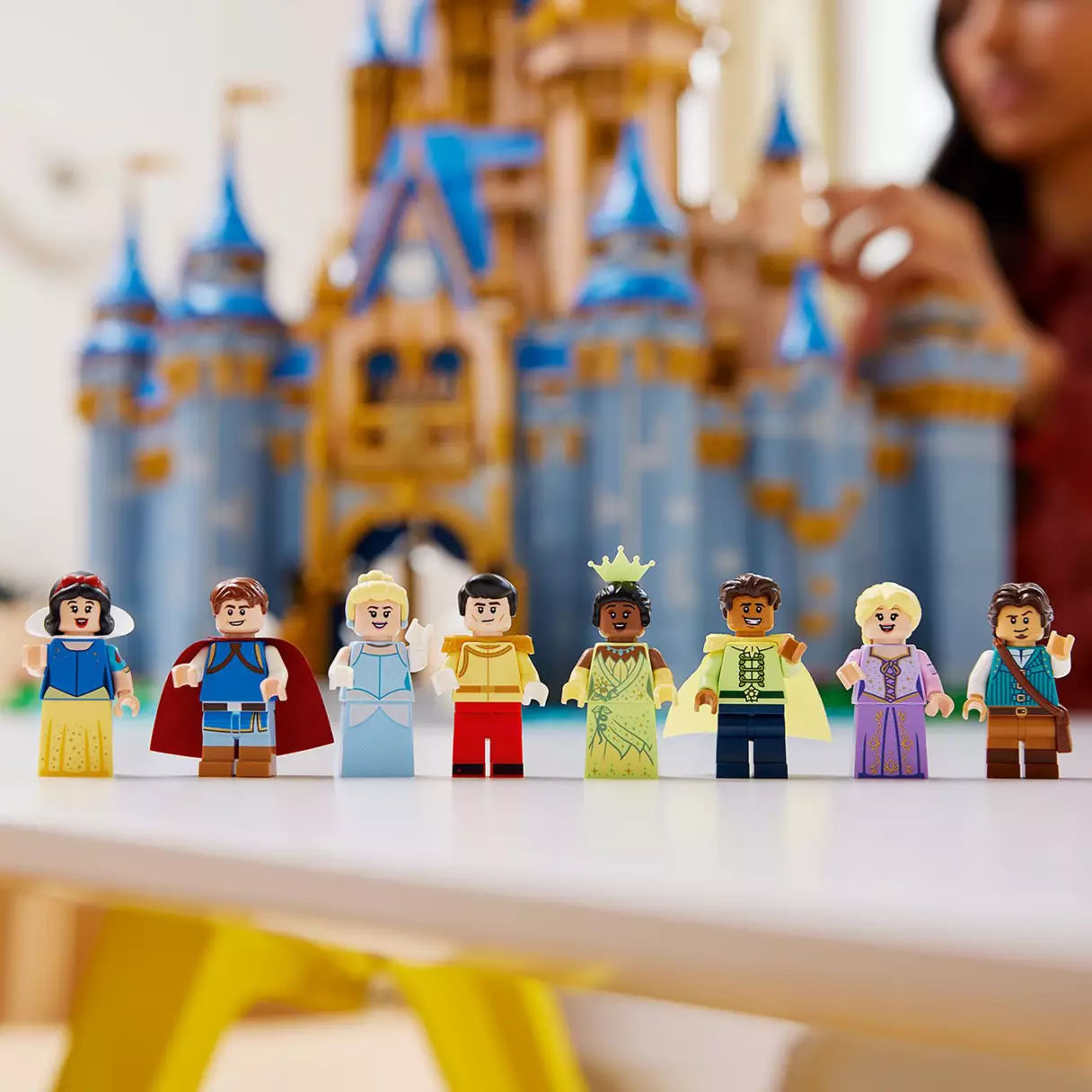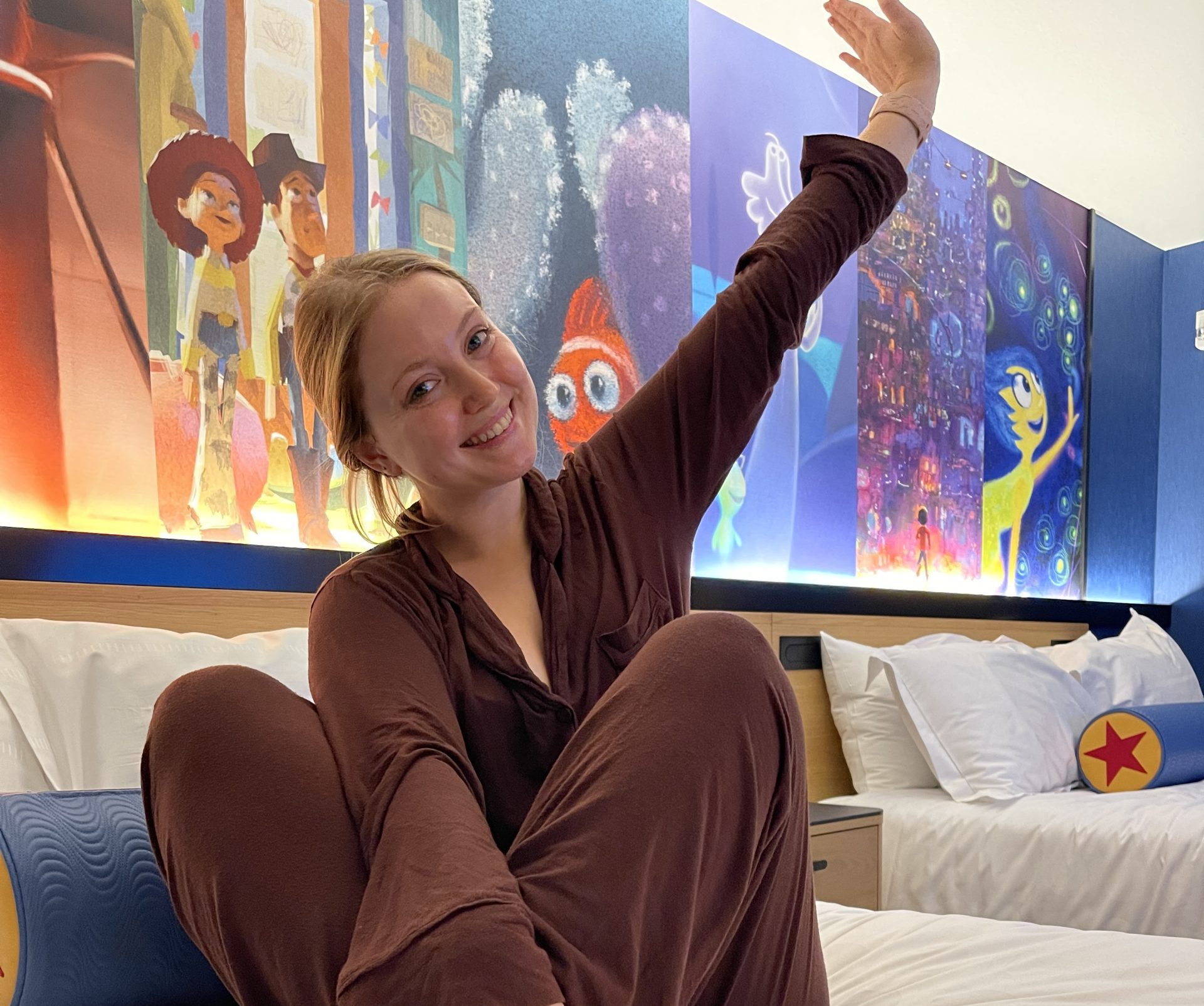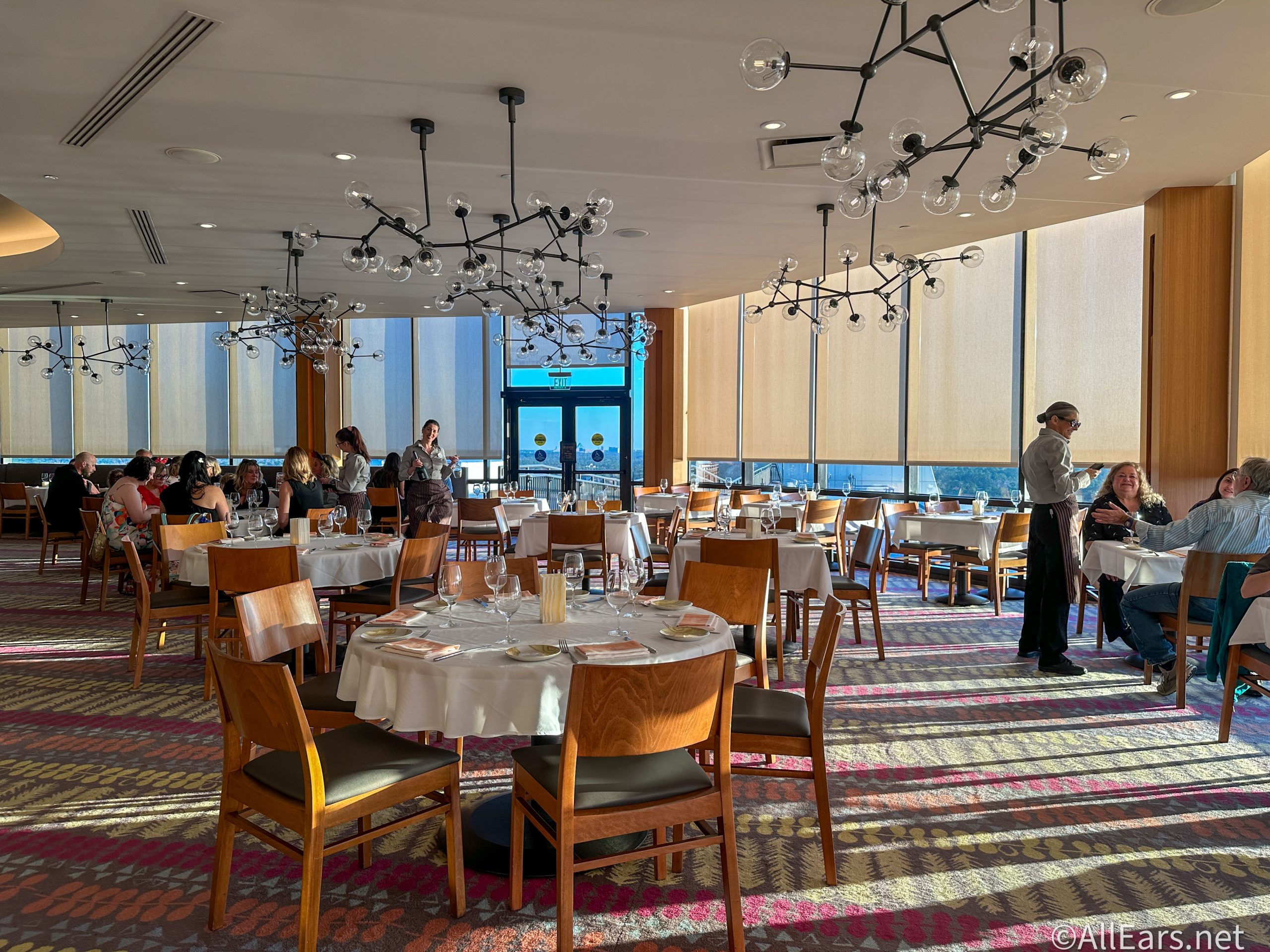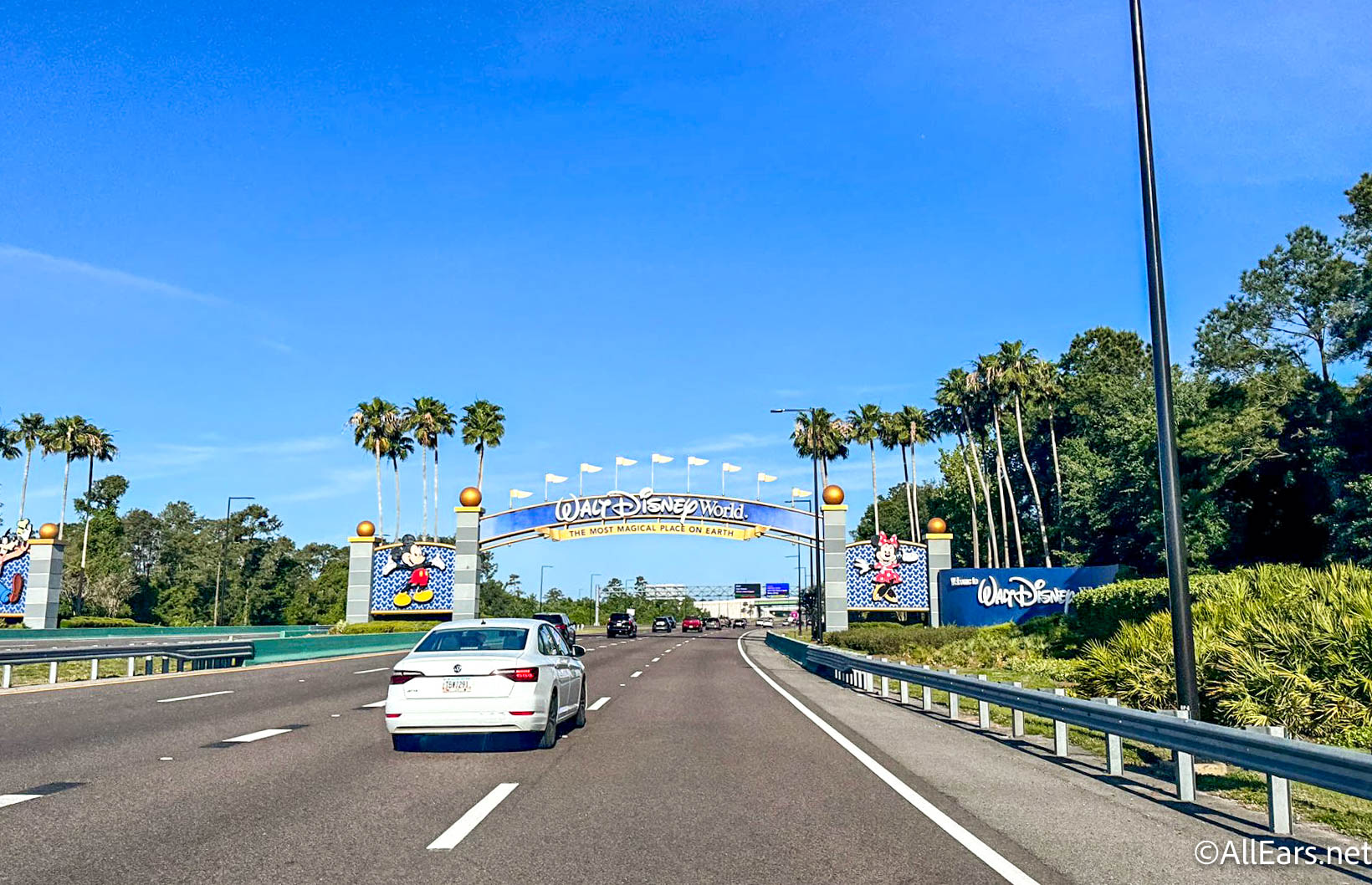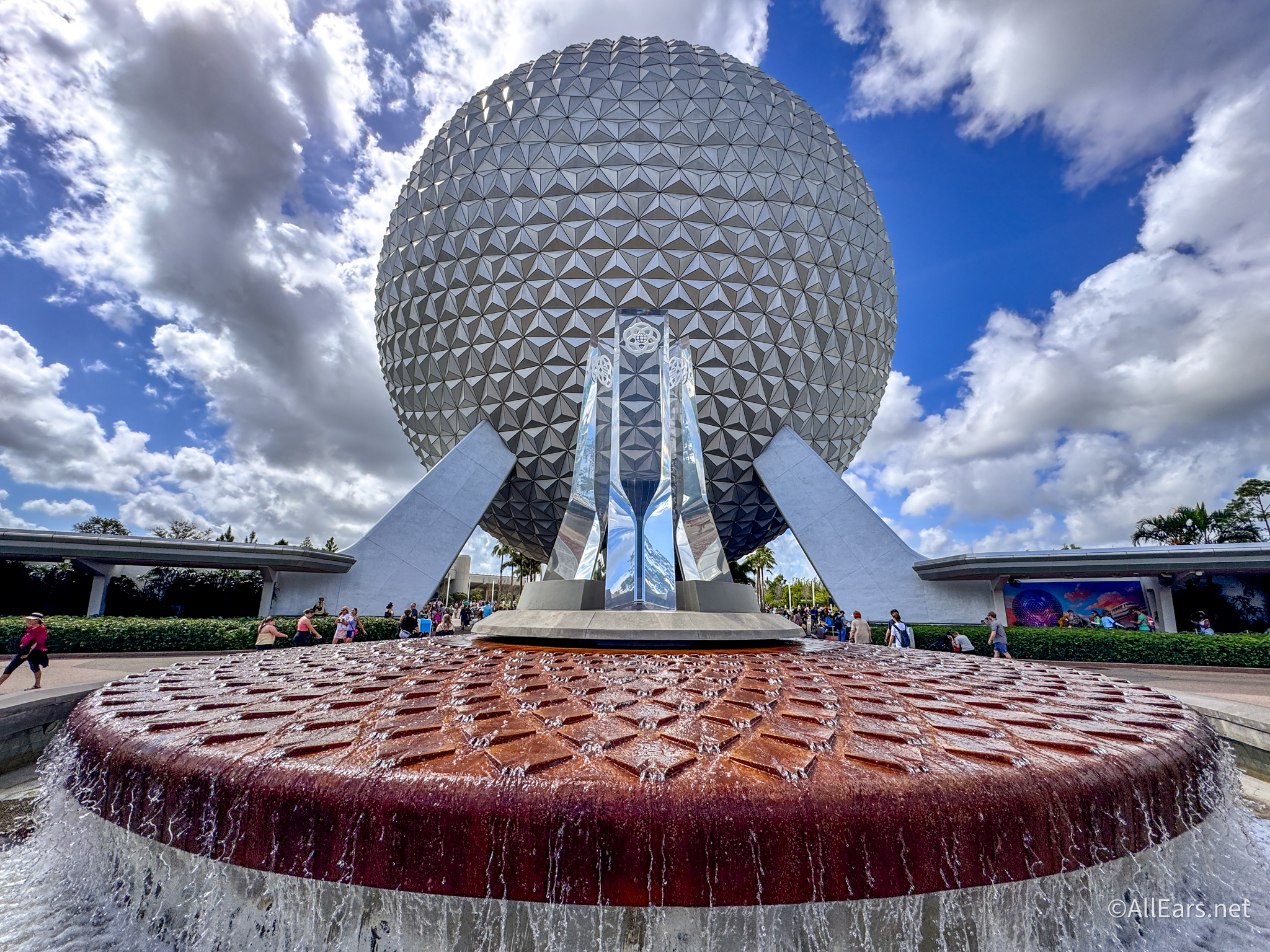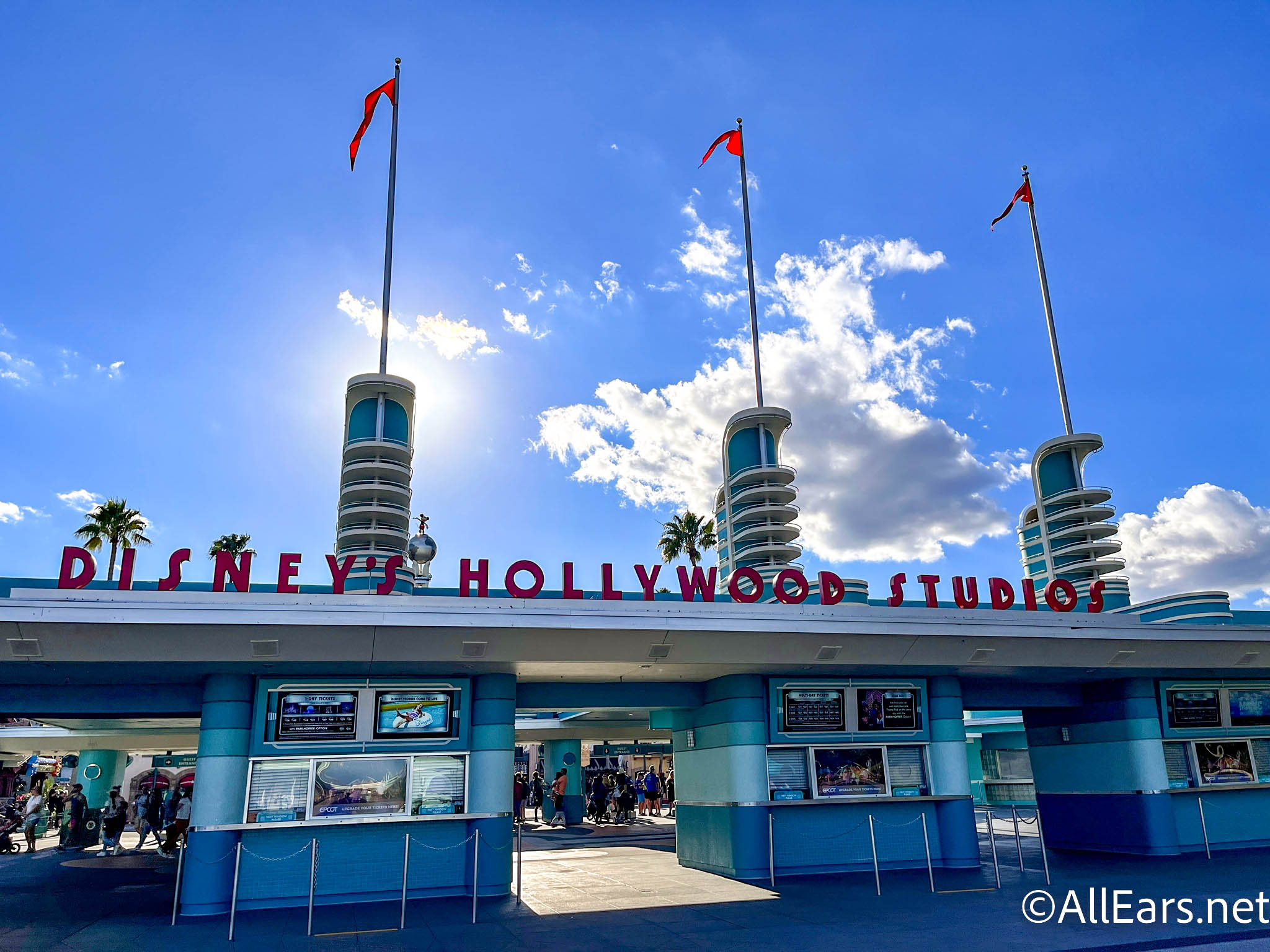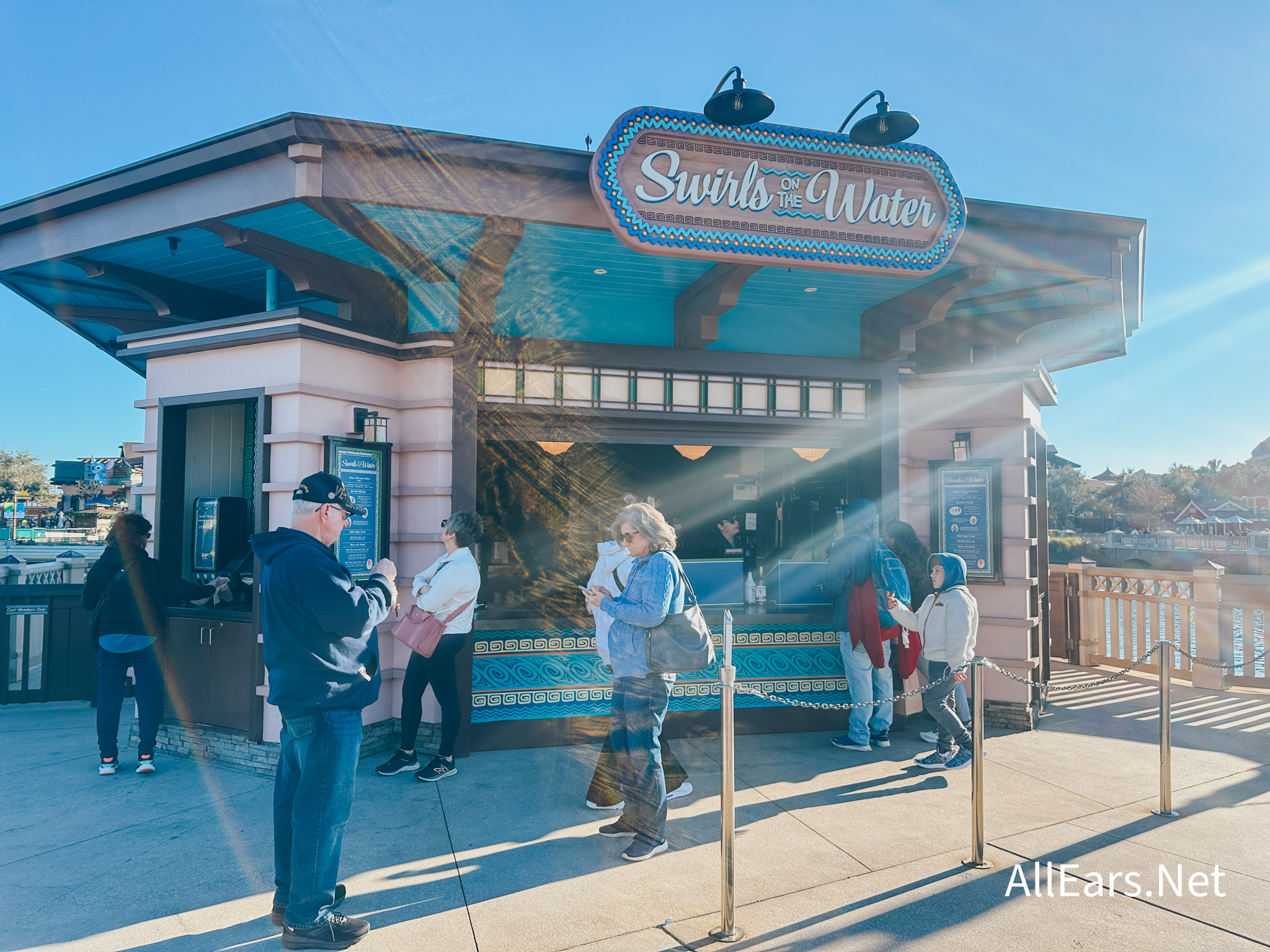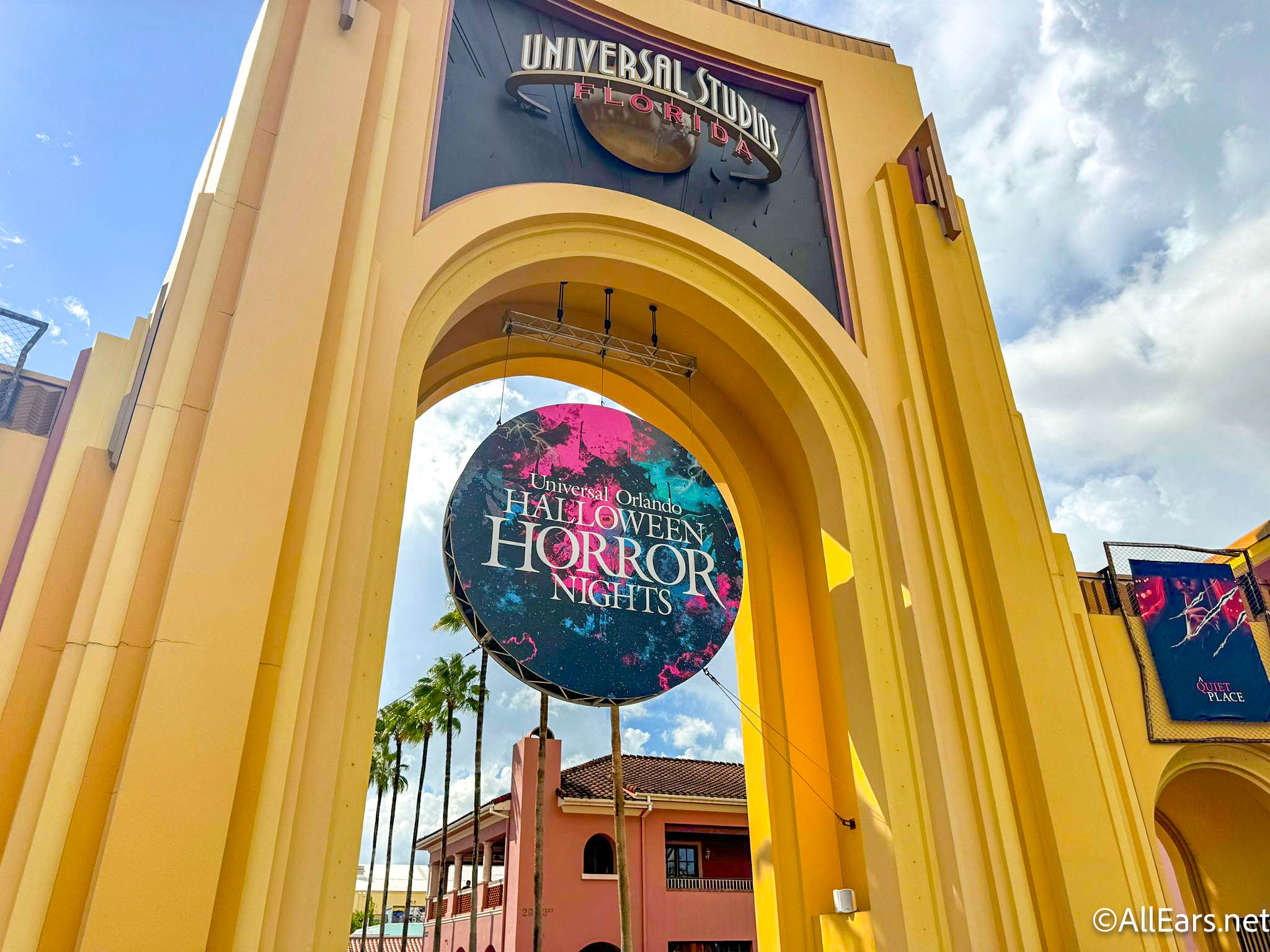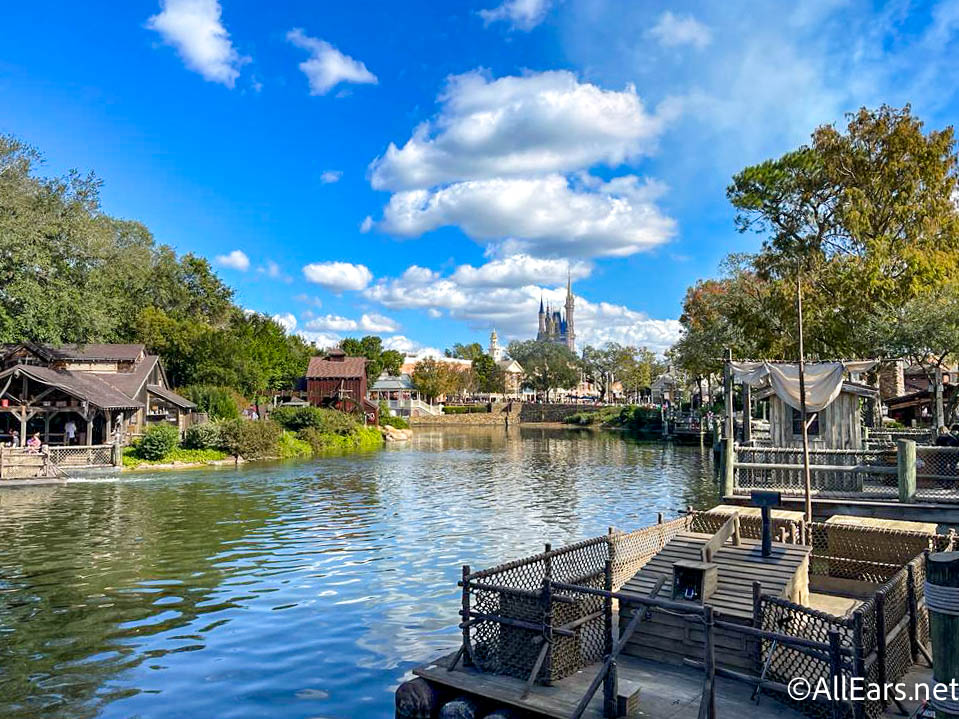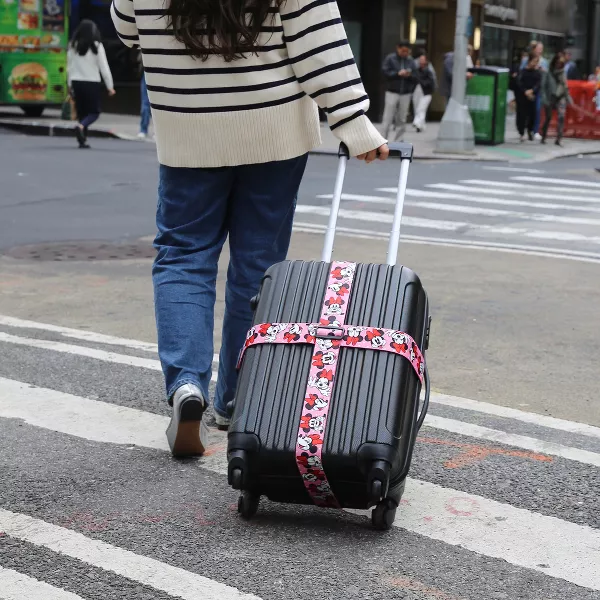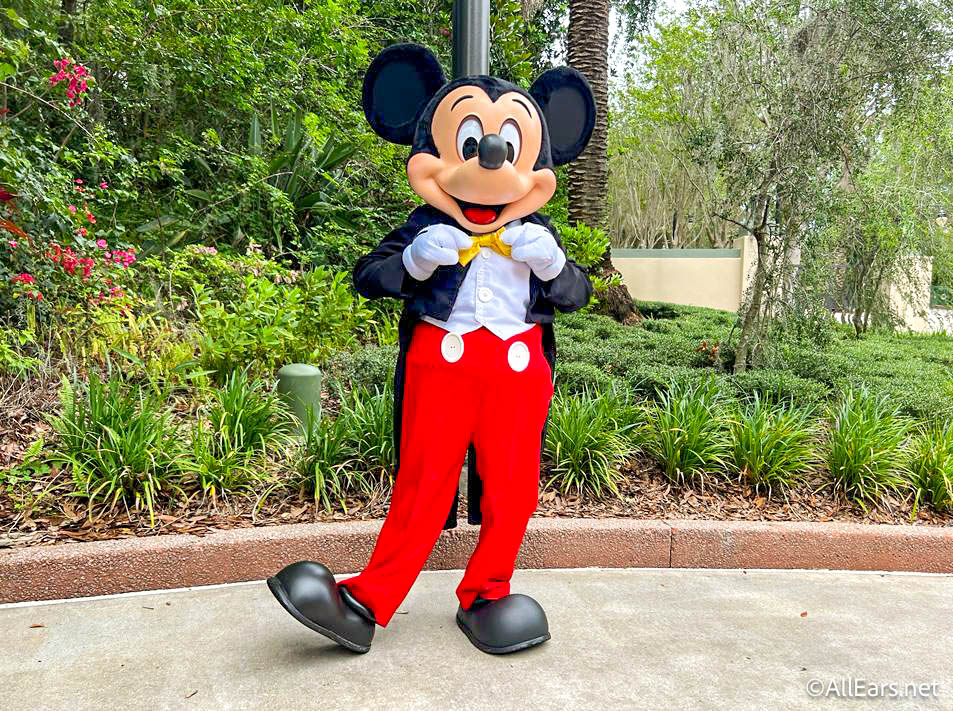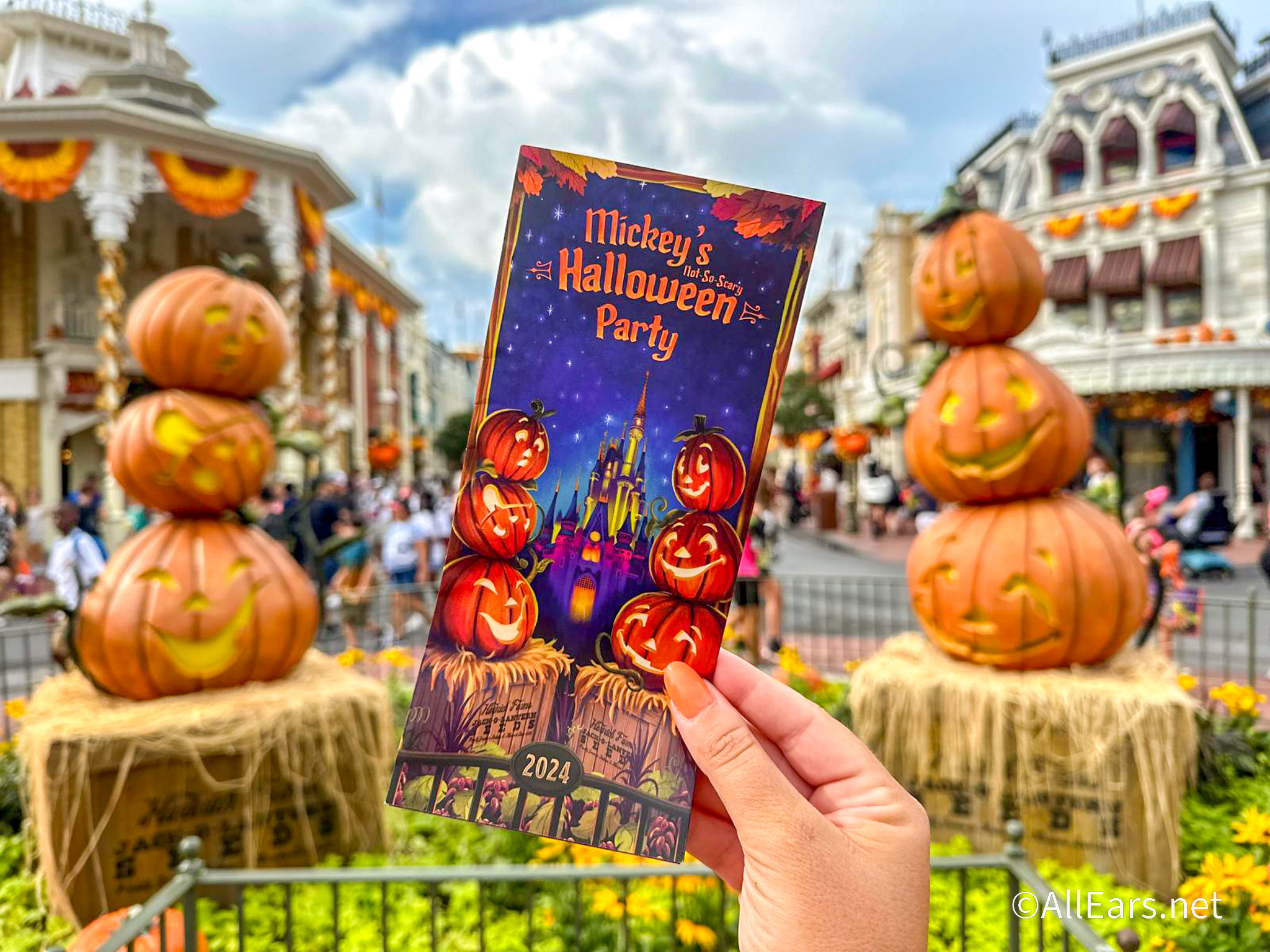WDW Chronicles: When Dick Tracy Came to Walt Disney World
by
Jim Korkis
Feature Article
This article appeared in the February 2, 2020 (#1063) edition of ALL EARS®
Editor’s Note: This story/information was accurate when it was published. Please be sure to confirm all current rates, information and other details before planning your trip.
Michael Eisner became Chairman and CEO of the Disney Company in 1984 and was partnered with President Frank Wells (until his tragic death in 1994). They announced in the annual report that the 1990s would be the “Disney Decade”, a time of expansion that included a new theme park, new attractions at existing parks, new resort hotels and much more.
Unfortunately, the immediate financial challenges of EuroDisney (now renamed Disneyland Paris) that finally opened in 1992 scuttled most of those dreams as it drained the company’s ability to pay for new things. Some of the plans for the then new Disney MGM Studios did materialize like Muppet*Vision 3-D and the Twilight Zone Tower of Terror.
However, the planned Muppet Studios expansion was cancelled as were the plans for a Roger Rabbit Toontown with attractions, shops and food and beverage locations that would have been placed where Sunset Boulevard is today.
Also cancelled was introducing the legendary comic strip hero Dick Tray into the park, with an exciting new attraction called Dick Tracy’s Crimestoppers. Housed in a warehouse on a street that looked like 1930s Chicago during the height of gangster wars, the attraction would have put guests in vintage cars careening through the streets of the city with guests shooting tommy guns at the bad guys.
The technology for the cars would later be used in the Indiana Jones and the Temple of Mara and Countdown to Extinction attractions. The shooting guns would later be adapted for Buzz Lightyear’s Space Ranger Spin.
The attraction would also be added to Anaheim’s Disneyland in a new area running parallel to Main Street USA that would be called Hollywoodland and would have also included the proposed Roger Rabbit attractions.
A spring 1990 Disney press release stated, “Guests will literally get ‘into the act’ in this new high-tech action-adventure featuring the very latest in Audio-Animatronics, simulation, sound and special effects. Guest will join America’s favorite comic-strip detective in a high-speed chase with his gangster adversaries.”
At this point, some readers might be wondering who Dick Tracy is and why Eisner would want the character in a Disney theme park.
Dick Tracy (the word “Dick” being a slang term at the time for “detective”) first came to life in comic strip form from cartoonist Chester Gould in the pages of newspapers in October 1931 and is still appearing every day in newspapers. It featured a no-nonsense, sharp-chinned police detective who grappled with grotesque criminals. He wore a distinctive yellow fedora and overcoat and was hugely popular prompting a plethora of merchandise and also films.
He made his live-action debut in Dick Tracy (1937), a Republic Pictures movie serial starring Ralph Byrd. It was followed by three more movie serials, four feature films from RKO Radio Pictures, a short-lived ABC television series in 1950, and a radio show that lasted over a decade. In addition, the famous detective has appeared in several animated television shows including a UPA syndicated series produced in 1960 and Filmation’s 1971 Archie’s TV Funnies.
The Touchstone Dick Tracy movie produced, directed, and starring Warren Beatty premiered at Walt Disney World’s AMC Pleasure Island theater on June 14, 1990, and was released nationwide the following day. It was the ninth highest-grossing film of America in 1990 and number twelve worldwide.
For the premiere there was a limited-edition T-shirt (limited to the number of seats in the theater) that was the ticket for admission. It featured a drawing of Dick Tracy firing a tommy gun.
Disney spent over $48 million in advertising, tie-ins and publicity because they felt they had another success like Tim Burton’s recent Batman (1989) that would generate hundred of millions of dollars of merchandise revenue and a film franchise.
The company invested in having items like trading cards, action figures from Playmates, books, T-shirts, drinking mugs, bath towels, a $300 wristwatch pager developed by Motorola, clothing (including Day-Glow yellow raincoats) and other novelties produced to take advantage of the expected licensing bonanza.
So, it is no surprise that Eisner decided the character — like Roger Rabbit — should have a prominent presence in a park devoted to movies.
Disney sadly over-estimated the public’s interest or connection with the character, especially with younger audiences, and Beatty’s ability to draw a substantial audience to one of his movies. Even though the film made over $100 million in its initial release because of all the marketing and other expenses, Disney had to write off a loss of over $50 million.
However, hopes for the film and the character were high when the Disney Decade was announced so a live action stage show entitled Diamond Double Cross premiered at both Disneyland and Disney MGM Studios.
The Island Depot at Pleasure Island was transformed into a Dick Tracy store filled with merchandise supporting the film.
The building near the entrance to Sunset Boulevard (now known as L.A. Cinema Storage) had been the home of a short-lived experience where guests would be videotaped doing a funny screen test assisted by a flamboyant director and his staff. The guests were then encouraged to purchase a copy. That experience was reconfigured so that now the screen test was a scene inspired by Dick Tracy. The store also sold a huge variety of Dick Tracy merchandise.
On the Backlot Tour were New York City sets, inspired by Dick Tracy, as well. A side street of brownstones had been painted in vivid primary colors (just like in the film) and as the trams rounded a corner, there were mini dramas with police and villains.
Items from the actual movie were also included on the tour, including examples of the matte and painting effects, giant bears from the drawbridge finale, displays of costumes and make-up, and Madonna’s skintight, black sequined dress.
The Diamond Double Cross stage show appeared at the Theater of the Stars (when it was located where the entrance to Sunset Boulevard is today). The show had originally premiered May 21, 1990 to build anticipation for the movie premiere. The show premiered June 15 at Disneyland in the Videopolis Theater as part of Disneyland’s 35th anniversary celebration.
The show only lasted until the end of December 1990 at Disneyland and until nearly the end of February 1991 at Disney MGM Studios.
Like the film itself, the stage show was controversial with some Disney fans loving it and others absolutely hating it. Only having an early draft of the film script, a few rough cut sequences on videotape, a few photos and concept drawings from the movie, an early music track and some knowledge of the comic strip itself, director Robert Jess Roth, writer Tom Child, art director Stan Meyer, and choreographer Matt West were charged with creating an elaborate 25-minute stage show that would capture the spirit of the film. It would be the first time in history that nearly identical shows were staged at the same time at Disneyland and Walt Disney World.
The production that would eventually feature a cast of 19 was roughly six months in the making. The show had to be devised to work on two different sizes of stage. Cast members had to be rehearsed on both coasts at the same time by the same production team.
The production team was told by Eisner and Jeffrey Katzenberg to try to duplicate the style of Broadway stage productions (with a story plot) and the dazzle and energy of a rock concert.
The story is a simple crime caper. King Leopold III of Balonia and his overbearing, impatient wife are owners of the world’s largest gem, the fabulous Balonian Diamond. When they bring the diamond to America for display in the city museum, Breathless Mahoney, Big Boy’s current girlfriend, wants to have that bauble before she will agree to marry him.
The crooked Big Boy arranges to have two of his minions, Flattop and Mumbles, arrange a heist. At the museum, with the king and queen in attendance, along with a host of others for the official unveiling, the display case holding the diamond fills with smoke and when it empties, the diamond is gone, so Dick Tracy is called to solve the crime.
Dick Tracy is at Mike’s Diner and is on the verge of proposing to his girlfriend, Tess. When contacted on his wrist radio about the crime, Tracy has a hunch to check out Club Ritz where Big Boy, Mumbles and Flattop are.
The Club Ritz girls, along with Breathless Mahoney, perform. Breathless fails in her attempt to flirt with Tracy but ends up getting the diamond from Big Boy. Tracy calls for a raid and a chase through the streets begins. The chase is an elaborate and extended dance number with the diamond constantly changing hands and apparently being lost forever due to the carelessness of Flattop.
Back at their hideout, Big Boy and his gang are at first surprised by Breathless and her gun-toting Ritz Club girls and then by the king and queen and other citizens. Finally, Dick Tracy appears and solves the crime. Flattop had not clumsily dropped the magnificent diamond off the top of a building but passed it to his accomplice, the ditzy cigarette girl who is Crewie Lou, a bald-headed master of disguise.
The crooks are taken off to jail and there is a rousing curtain call number with the implication that Tracy will soon be off on another case.
The main theme song Calling Dick Tracy that was often repeated during the show was co-written by Tom Child and Don Harper: “Calling Dick Tracy! When all is said and done, the fight for justice will be won, by Detective Dick Tracy, with a clue and a tommy gun!”
However, music from the actual film was incorporated, as well. The Club Ritz girls sing Sooner or Later; Breathless sings More; Back in Business is sung for the final curtain call. Also, throughout the show, there are instrumental snippets of other songs including Hey Big Spender when Breathless first appears and I Won’t Dance (Don’t Ask Me) for Dick Tracy.
I got a chance to see the show in person at both Disneyland and Walt Disney World. It was a non-stop, lively, high energy performance and like most Disney park live stage performances, the true experience can’t be completely captured on videotape.
I doubt today if many of the younger guests who visit WDW have ever even heard of Dick Tracy but for one moment in time, he was planned to become part of the Disney universe.

